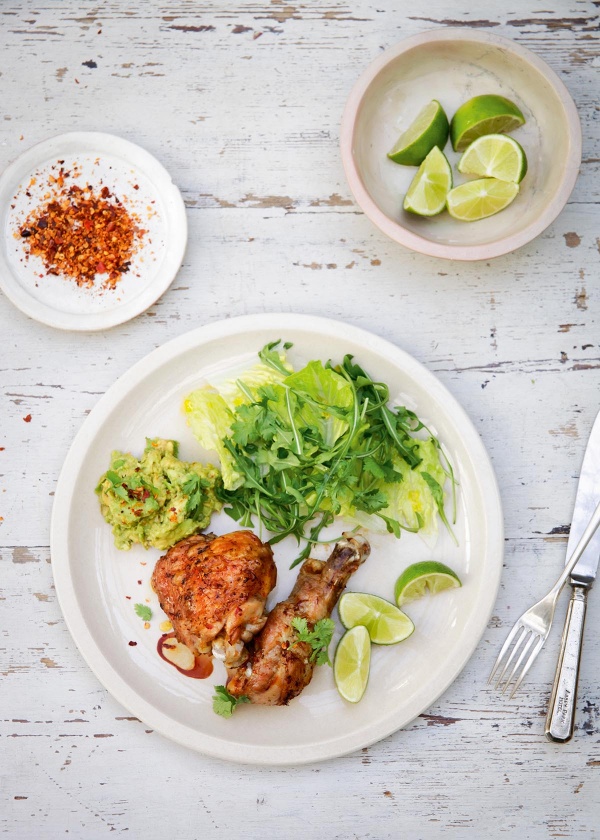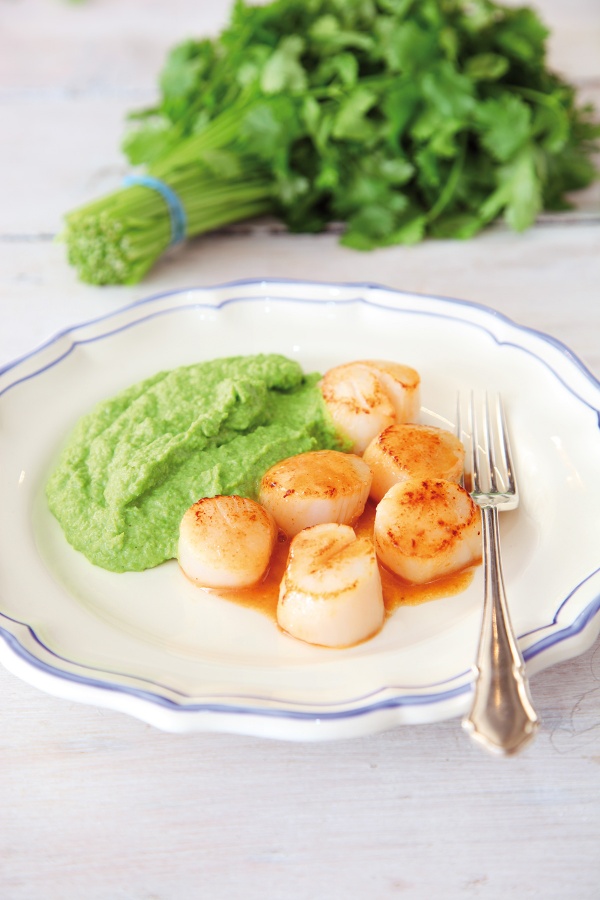Using Limes Instead of Lemons
Asked by hensy. Answered on 25th August 2011
Full question
I have read somewhere that limes can be used in most recipes instead of lemons but the quantity of lime juice should be reduced in the original recipe. Is this correct? And if so what about the rind? Will the lime rind change the flavor? Thank you so much.
Our answer
Switching between lemons and lines in recipes is mainly an issue of personal taste. Where a dish is a "pure" lemon or lime flavour (such as a lemon cake) you can switch from one to the other for variety, but where a lemon or lime is an intrinsic part of a dish it is less advisable to change as it may affect the end result. The Persian lime is the variety most commonly found in supermarkets around the world. This lime is slightly lower in vitamin C and slightly higher in natural sugars than lemons, making it a little sweeter than lemons. The difference is quite small but we would suggest adding the juice of either lemons or limes a little at a time and letting your taste buds act as a guide. Lemons do however tend to yield more juice than limes (as a rough guide a lemon produces about 4 tablespoons of juice and a lime only about 2 tablespoons) so if the recipe asks for the juice of a whole lemon or lime than you will need to adjust accordingly.
The zest of lemons and limes contain essential oils which are very strongly flavoured, so if a recipe contains a lot of zest then you will see a more pronounced difference in the flavour of a dish. When using the rind of lemons and limes make sure that you only use the coloured zest on the outer surface as the white pith part is quite bitter. Most citrus fruits are coated in a thin layer of wax to reduce damage to the skin while the fruits are in transit. Although this wax is edible it is a good idea to wash the fruits in hot, soapy water and give the skins a bit of a scrub before zesting as this will help to remove some of the wax. Rinse the fruits then dry the skins thoroughly before zesting. Microplane-type graters are particularly good for grating zest from citrus fruits.





Tell us what you think
Thank you {% member.data['first-name'] %}.
Explore more questionsYour comment has been submitted.